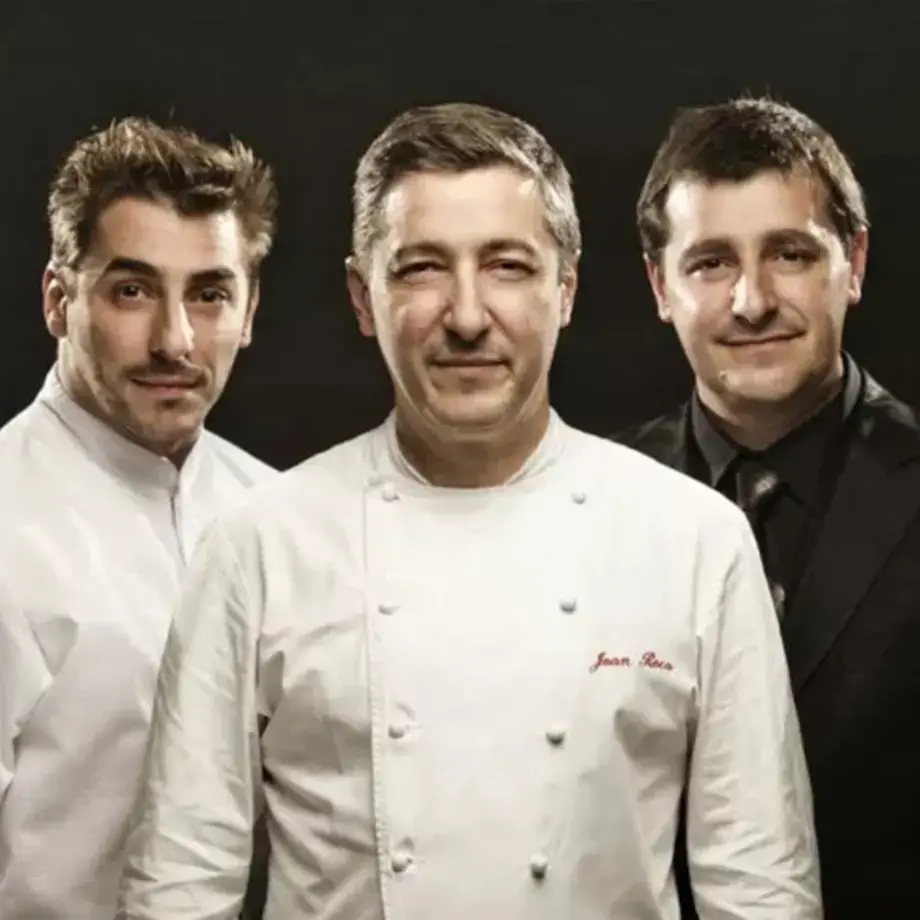The kitchens of Madrid’s Royal Palace are unique amongst those in European capitals. London may have Hampton Court Palace’s sixteenth century kitchens from the time of Henry VIII and Versailles elegant eighteenth century versions, but neither come close to Madrid’s which have preserved practically every bit of equipment used over the centuries until 1931.
Their uniqueness is partly because the kitchens are out of bounds to visitors. We had the chance of being part of a handful of journalists exclusively allowed in as part of the Madrid Fusion gastronomic event earlier in the year.
Welcome to the Royal Palace
Although today the Royal family spend most of their time at the much more modest Palacio de Zarzuela, at the official Royal residence in Madrid there are extensive security checks to get through, before crossing the vast, elegant courtyards of the palace.
The site has held fortresses since the 9th century era of Muslim rule, but today’s enormous white palace was built between 1738 and 1755. Down stone stairways sit the vast kitchens, notably cooler than upstairs. The kitchens originally came under the ‘oficios de boca’ and included a bakehouse, cellar, fruitery, confectionery, pastry, saucery, potagerie for vegetables and guardamangier. There were then three distinct kitchens for the household, ladies and the King (or Queen) themselves.












